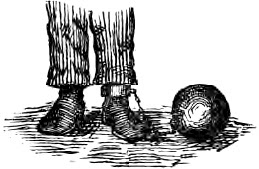 The layout of an ePortfolio is critical. But for whom? A potential employer does not have time to browse through one's self-congratulatory essays when looking for just one characteristic. One might be looking for clear skills in organisation or an eye for detail. Another might be looking for literary excellence or previous leadership experience.
The layout of an ePortfolio is critical. But for whom? A potential employer does not have time to browse through one's self-congratulatory essays when looking for just one characteristic. One might be looking for clear skills in organisation or an eye for detail. Another might be looking for literary excellence or previous leadership experience.
Faculty might well expect a similar style and layout from all students - it's so much easier to find the latest essay that requires feedback or to check out a learner's progress. But, unfortunately, such regimentation does not sit easily with the concept of the ePortfolio being 'Learner-owned'.
I think, therefore, that it is essential that one's ePortfolio is easily 'navigable' - that separate sections and subsections have some logic. Perhaps colour-coding will help the reader.
As my previous two posts have alluded, I am in the process of compiling a collection of ePortfolios in order to help learners (or teachers) decide on their own particular format - and whether, for that matter, the software that they have chosen can deliver the layout and navigation they need.
Looking at the examples that I have posted here I suggest that we should consider a number of questions:
Does this eP reflect the character of the owner?If you have examples of ePortfolios that I can attach to my list, please let me know!
Does the software allow for accessibilty controls?
Are all graphics properly credited?
Is the use of language appropriate for the audience?
Is the balance of rich media appropriate?
Is the balance of content right for a prospective employer?
Is the eP well organised and easy to navigate?
Is reflection used to display the strengths of the learner?
How is informal or extra-curricular prior/experiential learning documented?
Does the ‘Life Story’ reinforce the claims of the learner?
Does the eP display a vision for ‘my future’?
Are peer-review/feedback/mentoring tools used effectively?
Is the eP truly 'portable'?
What’s missing?







